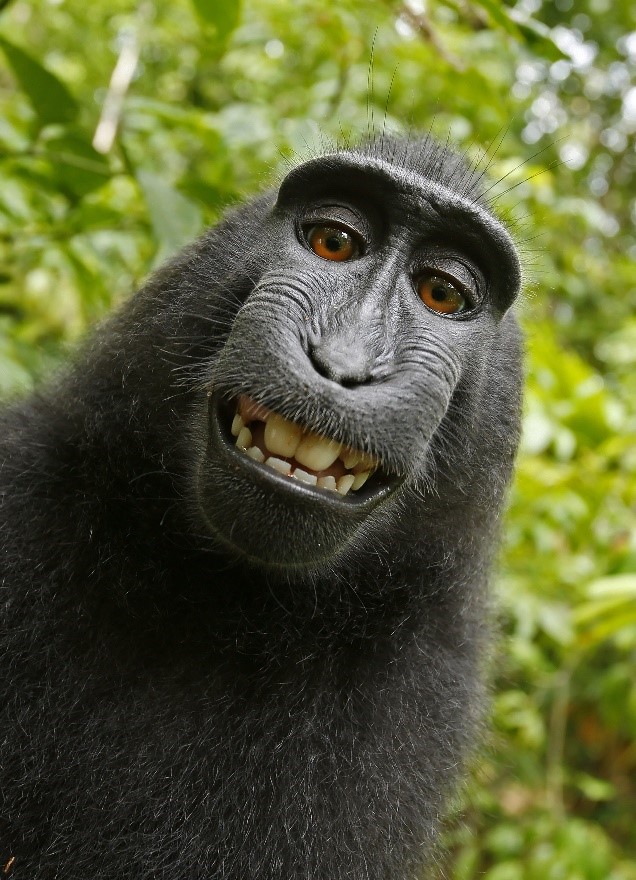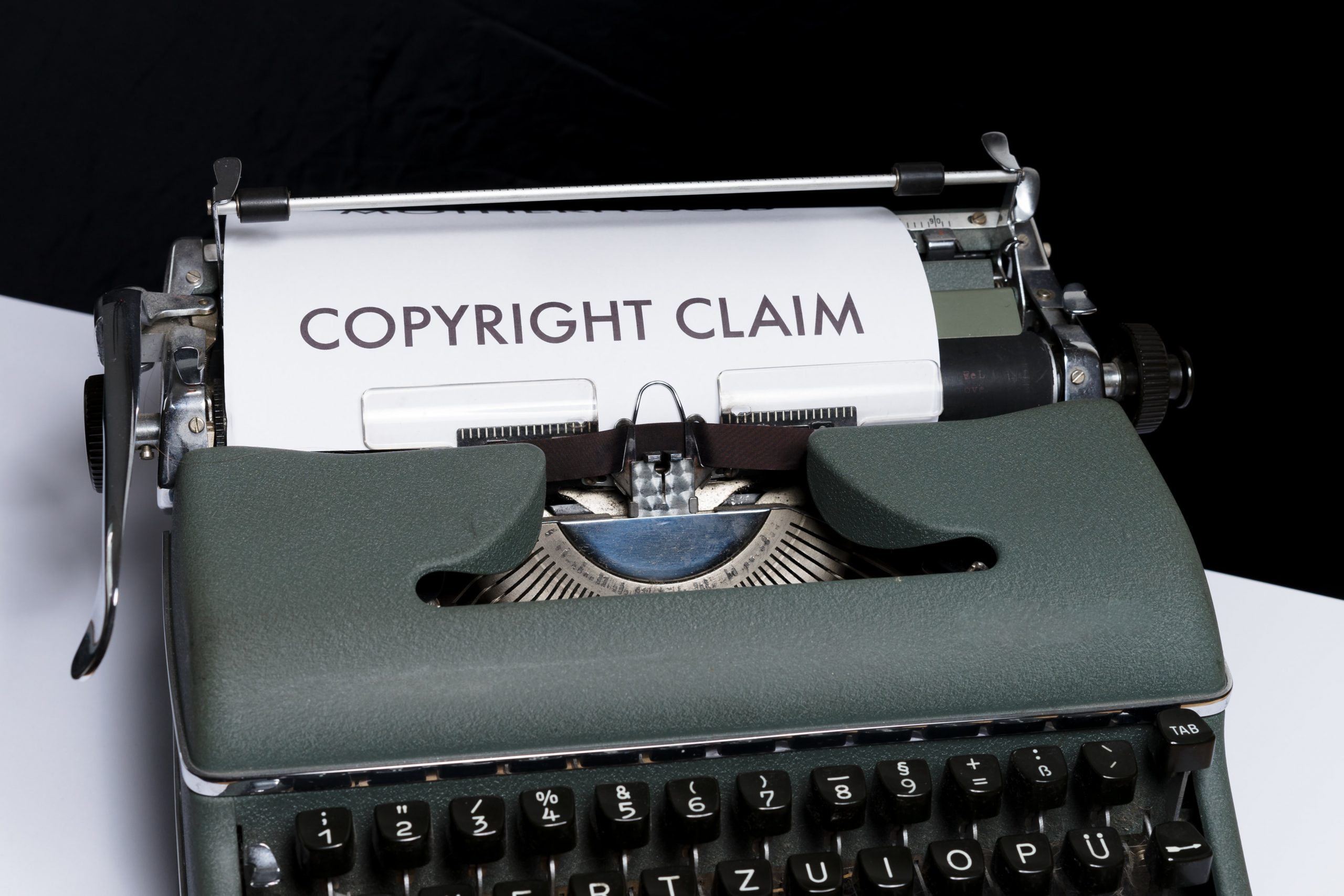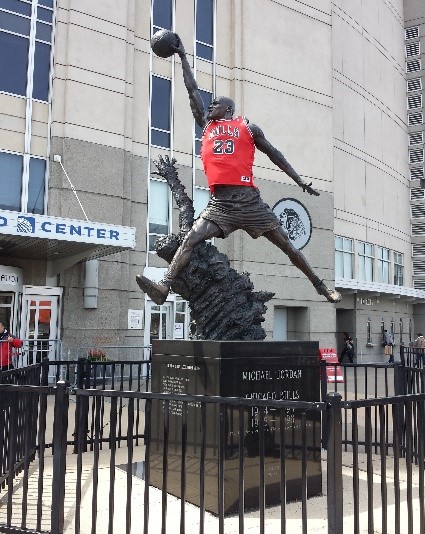
“Scamilton” – Copyright Troubles in “Way-Off” Broadway Productions
When I was in high school, the annual musical was always a big deal. They would do renditions of famous productions such as Fiddler on the Roof, The Sound of Music, and even Disney’s High School Musical. Although I had long since graduated from high school by the time my favorite musical Hamilton became popular, I noticed that there weren’t really productions of it outside of Broadway sponsored productions. Perhaps a recent controversy regarding the threat of a copyright lawsuit and an unauthorized Hamilton production at a Texas church helps explain why…
Continue reading ““Scamilton” – Copyright Troubles in “Way-Off” Broadway Productions”








